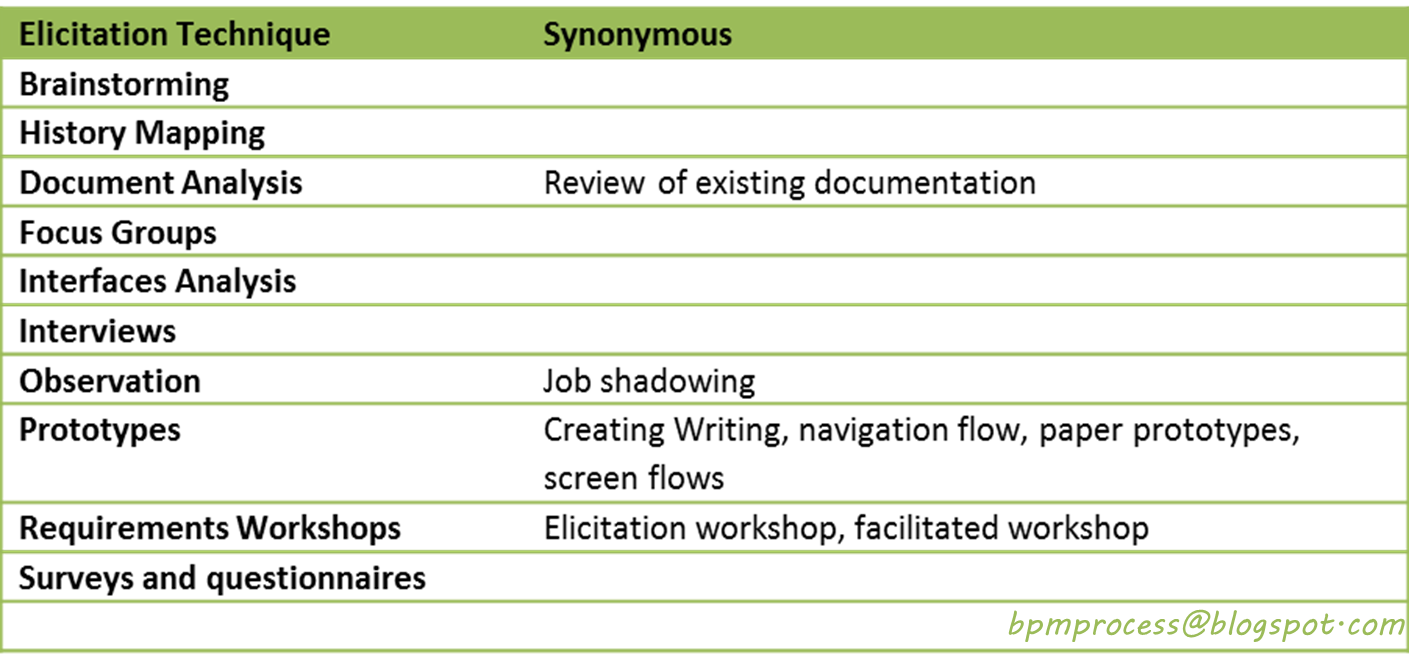4 Tips for Collect Data Processes
4 Tips for Collect Data Processes
The survey of business processes and IT processes, require the same rigor and judgment that requirements elicitation in software engineering.
For some roles dedicated to engineering and process management, relieve merely takes a process, draw and his judgment removing tasks that involve some waste, then communicate it to stakeholders to carry out their “new design”, in other words take the current process and generate an improvement based on their assumptions. Later, on frustrated indicate that no one follows the processes and the company has no culture to improve their practices. To me this is totally Satanism! They are leaving out many key factors which expose that my point of view are unfailing when making the famous surveys or surveys of information:
Listen to analyze, not to respond
Somewhere in the universe I read that sentence, and I find it useful in this case, many analysts NOT listen to people who are involved in a process, but are restricted by a harmful concept “that they are right because they know process “; so do not interpret the real needs that has that process, the company and the industry, but also adjust their preconceptions to everything involving process, which creates an unlikely world that only works on the head of one who is “relieving “.
Negotiate through the bureaucracy
Oh my God! I’ve seen many cases where there are many “process owner” assigned to the same process, which generates misunderstanding of reality and therefore constant changes by these “chiefs” who wait to see your cravings within the wonderful flow of solution we are generating, not control egos definitions and translate your convenience within the organization.
For this it is essential to reach an agreement during data collection, which can unify the criteria of all these people who for some reason feel that they own. Seat them all at one table, it’s going to expand the picture they have compared to the same process, will help to clarify the scope, tasks and roles that are involved. In passing whim and politicization of waste removed 🙂
Use one or several elicitation techniques
To examine and define the processes, we can use a combination of complementary techniques of elicitation. Factors such as the domain of business, corporate culture and environment, and deliverables of the process, are a guide to decide which techniques should be used. Then leave some suggestions BABOK.
 |
|
Elicitation Techniques
|
Prepare, conduct and document
Whenever a survey is made should be clear scope, stakeholders, and the importance of the process within the business; so that both analyst interviewees point to the optimization of resources depending on the objective. Finally the survey must be documented through photos, video or audio recordings, documents providing respondents, minutes, etc.
I hope this has been helpful post, any other key factor when relieving? Comment!
Leave a Comment
You must be logged in to post a comment.









